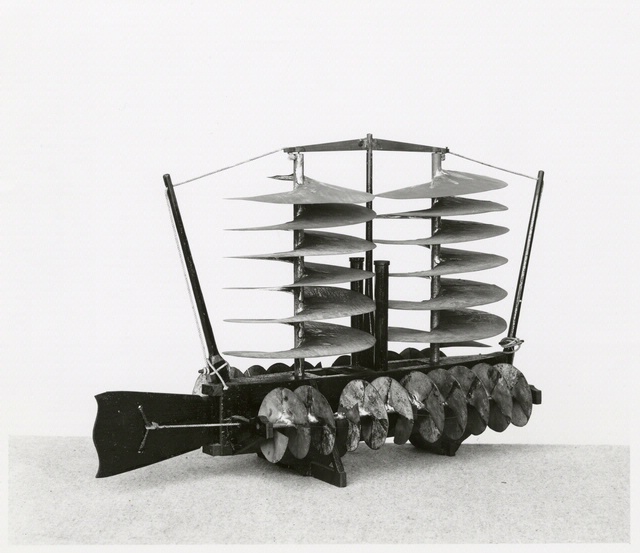ADMIRAL RAPHAEL SEMMES CAMP #11
SONS OF CONFEDERATE VETERANS
MOBILE, ALABAMA
Mobile's Top secret air war
Today, Mobile is home to Airbus America where Mobilians assemble the A320 for the world. But, it is amazing to reflect on the Port City's potential air fighting capability for the Confederacy. Unfortunately, resources were nearly nonexistent in 1864 to allow development of Mr. Power's fantastic helicopter bomber. One can only imagine if it had come to fruition...
excerpt from
The United States Army Air Arm: April 1861 to April 1917
by Juliette A. Hennessy Published by OFFICE OF AIR FORCE HISTORY UNITED STATES AIR FORCE WASHINGTON, D.C., 1985
"The Confederacy also worked on a helicopter, which was to be used as a bomber rather than for observation. The blockade of Southern ports by the Union Navy prevented the South from receiving much needed supplies from abroad. Attacks on Northern ships by the ironclad C.S.S. Merrimac in 1862 and the submarine Hundley in 1864 might have broken the blockade, for both were locally successful; but the Merrimac failed to whip the Monitor and had to be scuttled when Norfolk fell. and the Hundley was destroyed during its initial attack and went down with its victim. At some time during this period, William C. Powers of Mobile, Alabama, conceived the idea that an aircraft capable of dropping bombs might break the blockade, and he constructed a model bomber which he intended to equip with a steam engine. The engine was to rotate a shaft and gears and drive two pairs of rotors or airscrews, one pair to raise the craft vertically, the other pair to drive it horizontally. A rudder was provided for steering and a rolling weight for balancing the craft fore and aft. After completing his design, Powers considered building a full-size machine, but the South's limited facilities for manufacturing stopped him. Fearing that the North might get its hands on his invention and knowing that its much larger industrial resources would enable it to reproduce the machine in far greater quantities than could the South, he decided to keep his design a secret, for he believed that if it were used against the South it would destroy the Confederacy. Although his design did contain several features of the modern helicopter, Powers' machine would not have been successful because of the inefficient design of its airscrews and its limited power. No evidence of any other heavier-than-air craft designs or models in the Civil War period for either army has been found."
